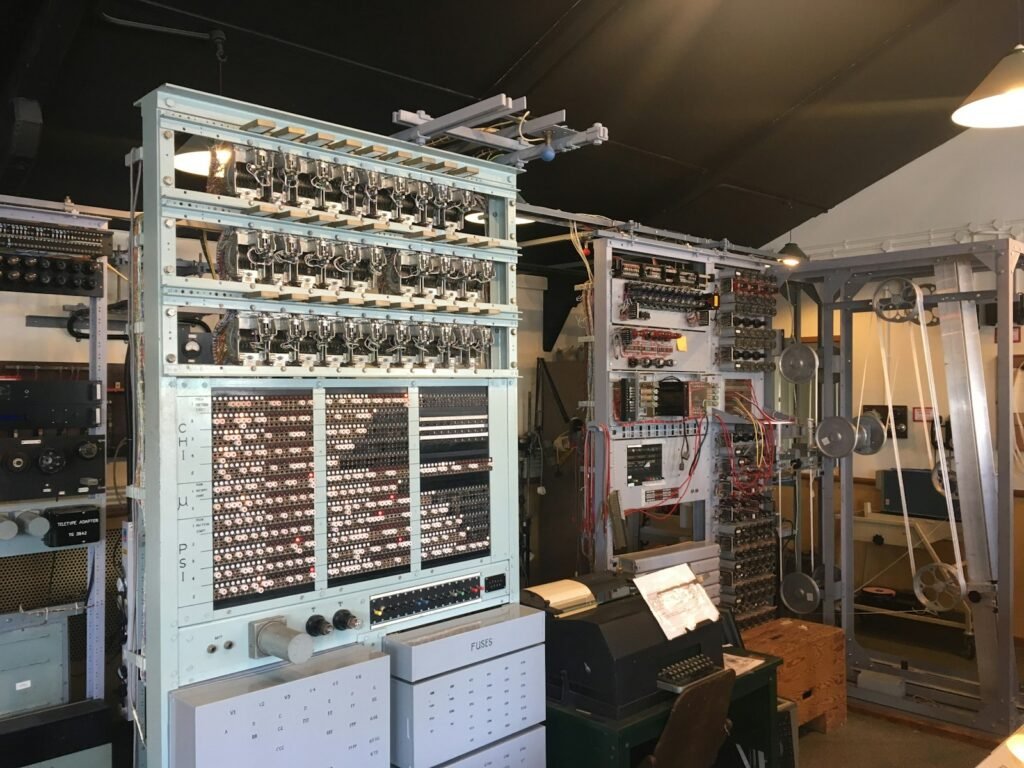Quantum computing sounds like science fiction until you see a refrigerator the size of a walk-in closet humming softly in a lab, keeping a chip colder than deep space. The promise is wild: solve certain problems in hours that would stump the fastest supercomputers for ages. The headache is just as big: quantum states are fragile, noisy, and allergic to the tiniest vibration or stray heat. Yet step by step, researchers are turning mysterious physics into practical machines, and the pace in the last couple of years has felt different – more focused, more disciplined, more real. Here’s what’s actually happening, why it matters, and how this strange field might sneak into your everyday life sooner than you think.
The Hidden Clues
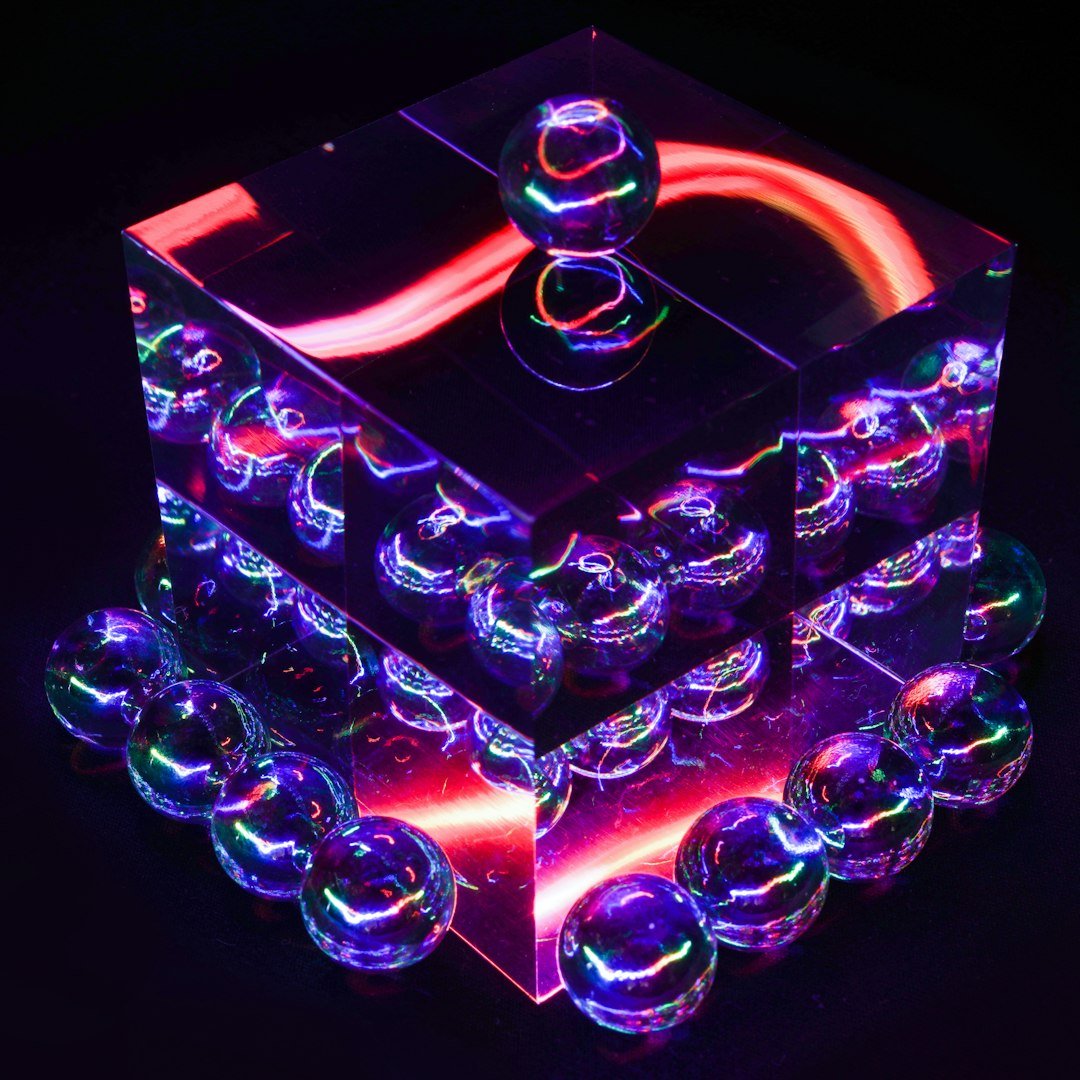
What if a computer could be both here and there at once – and only decide when you look? That unsettling idea is the beating heart of quantum computing, where a “qubit” can hold overlapping possibilities instead of a single yes-or-no. Picture a coin spinning in midair rather than lying flat on a table; while it spins, you can do tricks classical bits can’t. The catch is that the spin wobbles, drifts, and collapses easily, so keeping qubits in that magical in‑between is a full‑time job. Scientists use ultracold temperatures, vacuum chambers, and exquisite control electronics to keep the noise down long enough to compute.
In late 2024, one research team showed that, with enough protection, a single error‑corrected quantum bit could remain stable for around an hour – an eye‑opening hint that this odd behavior can be made robust, not just delicate. It signaled something important: scale up the protection correctly and qubits can hold onto information long enough to do work, not just demos. For a field once mocked for clever stunts, it felt like proof of staying power.
From Ancient Tools to Modern Science
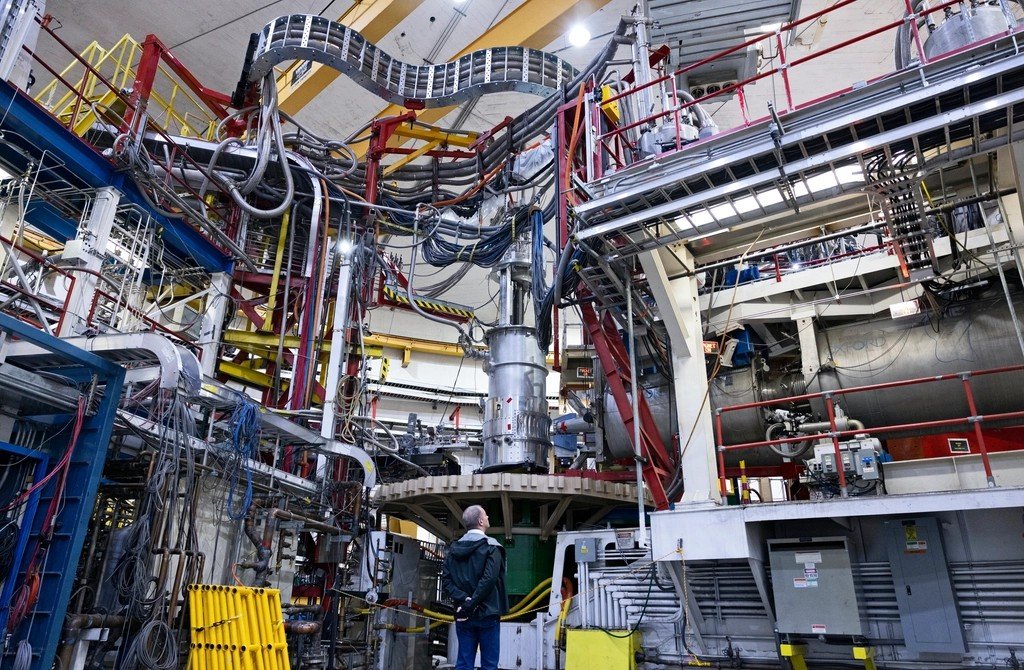
Classical computing is a glorious empire built on a simple unit: the bit, a clean zero or one. Everything – from weather models to your maps app – rides on that binary backbone. Quantum computing cheats politely by using probability, interference, and entanglement to explore many computational paths at once, sometimes finding shortcuts that bits miss. Not every problem gets faster this way, but certain tasks are tailor‑made for the quantum playbook.
That shift from bits to qubits is more than a buzzword; it’s pushed companies to rebuild the stack, from chips and cryogenics to compilers and cloud access. In 2025, for example, new generations of high‑fidelity quantum processors appeared on public platforms, along with upgraded “dynamic circuits” that let programs adapt in real time – small, unflashy changes that make bigger algorithms possible. The message is quiet but clear: usefulness grows when the plumbing gets better.
Inside the Qubit
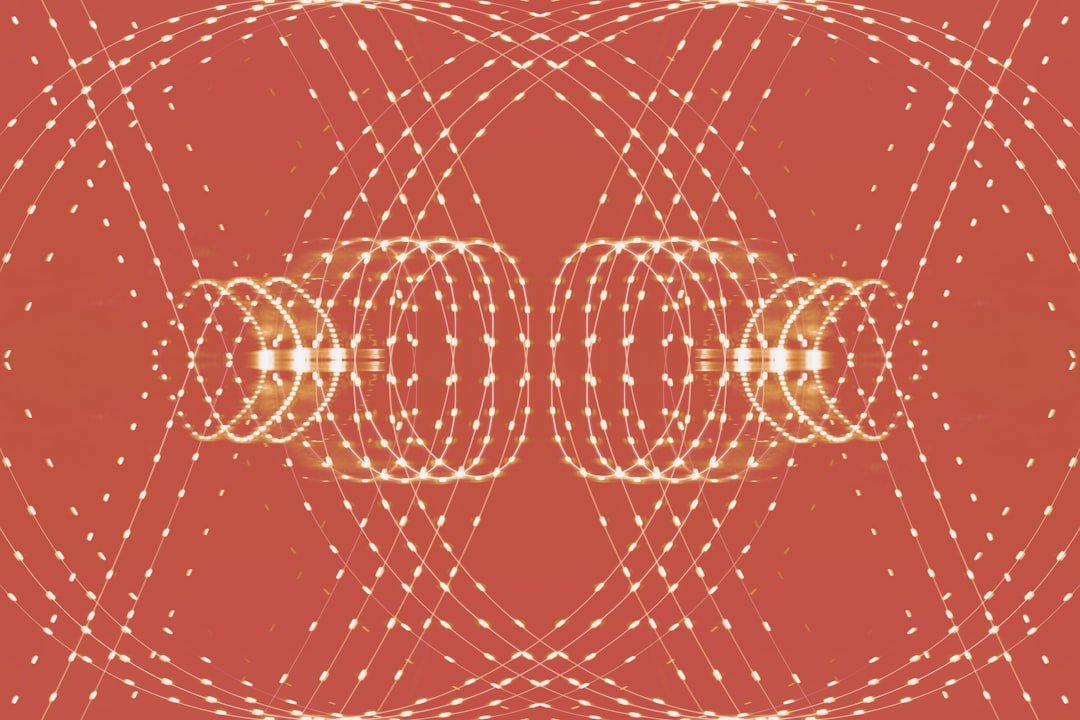
Two ideas carry most of the magic: superposition and entanglement. Superposition lets a qubit hold blended possibilities, like that spinning coin; entanglement ties qubits together so tightly that changing one affects its partner instantly, no matter how far apart they are. When engineers choreograph operations on these states, the interference patterns amplify good answers and cancel out bad ones. It’s less like running many copies of a program and more like shaping a single, delicate wave into the solution you want.
Because measurement collapses that wave, quantum programming feels backwards: you spend most of your effort setting up the right interference before you ever “look.” Think of it as arranging mirrors and lenses in a darkroom before developing the photo. Done right, a few measured bits carry the imprint of a vast hidden calculation. Done wrong, the noise wins and you get mush.
The Lab Hardware
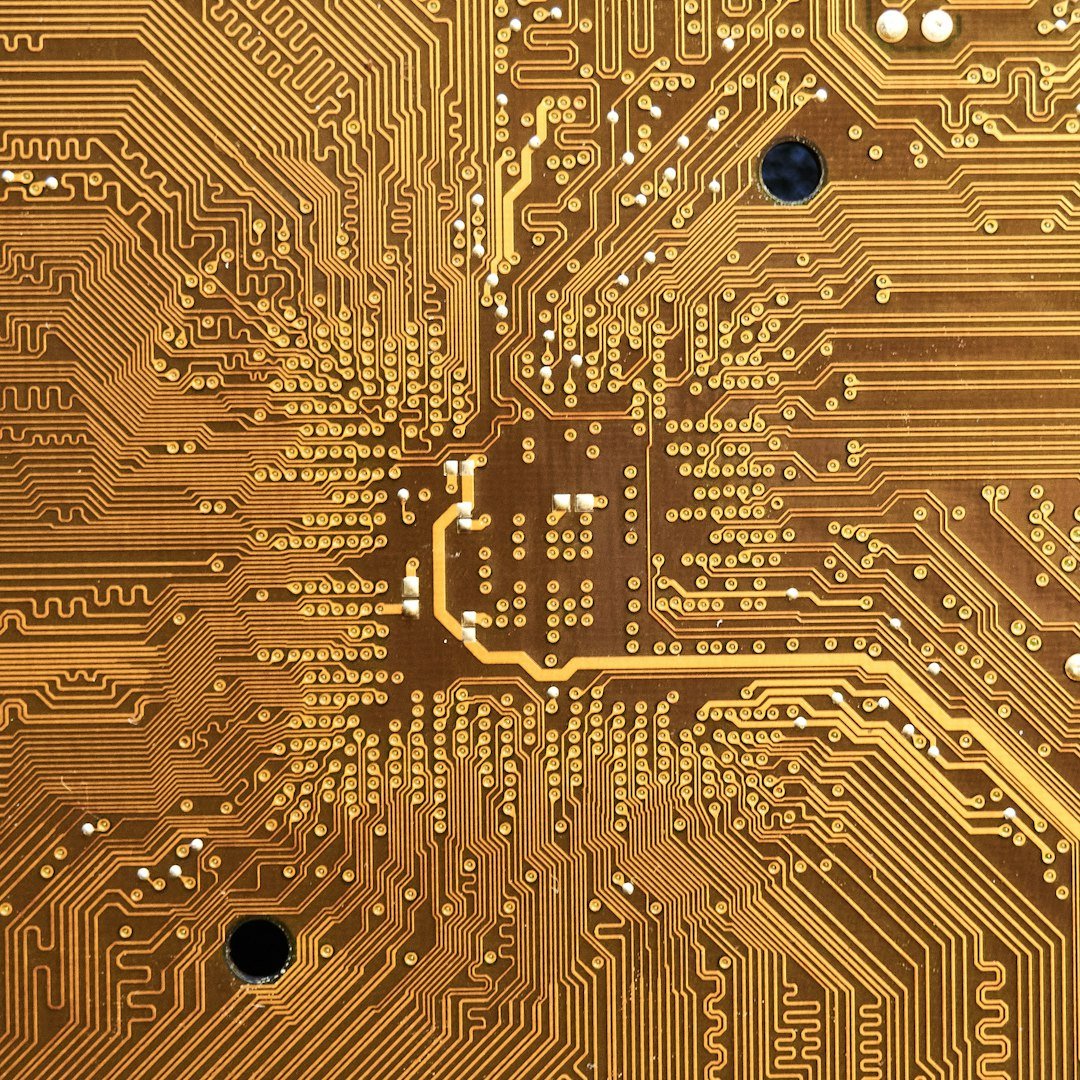
Under the hood, different hardware families compete – and cross‑pollinate. Superconducting circuits (used by several big tech labs) run fast at cryogenic temperatures. Trapped ions (tiny charged atoms in electromagnetic traps) are slower but famously precise and naturally well connected, a reason this camp keeps racking up fidelity records. Neutral‑atom arrays use laser tweezers to corral thousands of atoms, promising scale without a bird’s nest of wires, while photonic systems push qubits made of light through chips more like familiar telecom gear. Funding and partnerships have surged around these paths, a sign that the race is broad, not narrow.
Real‑world crossovers are starting to show. One company recently converted the visible photons from its trapped‑ion systems into telecom wavelengths, a crucial step toward linking quantum machines over existing fiber. If you can network small quantum nodes the way classical data centers do, you can build bigger, modular computers and secure communication links in parallel. It’s an engineering‑heavy milestone, but those are the ones that make ecosystems stick.
Cracking the Error Problem
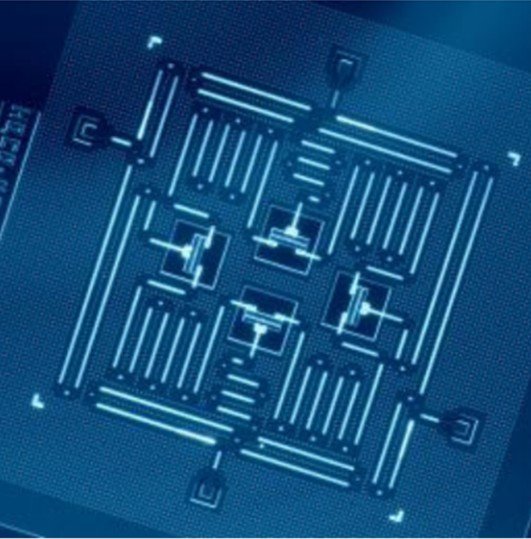
Error correction is the boss battle. To win, you bundle many “physical” qubits into a single “logical” qubit and constantly detect and fix slips without destroying the information. Over the last year, teams have shown exponential error suppression as they scale up these codes, trialed alternative “color codes” that may cut overhead, and even used AI‑style decoders to spot mistakes faster. None of this is flashy to outsiders, but it’s the difference between a laboratory curiosity and a reliable tool. Progress here stacks: better codes, better decoders, better chips, and suddenly yesterday’s impossible run becomes a Tuesday benchmark.
Some groups now report crossing crucial “break‑even” lines, where logical operations outperform the best raw physical ones, and demonstrate high‑fidelity teleportation of encoded states – the plumbing you need for serious, modular machines. Others are betting on exotic quasiparticles to make qubits inherently tougher, aiming to shrink the overhead needed for correction. It’s fair to be skeptical of road‑show claims, but the trend is unmistakable: reliability is inching from hope to habit.
Why It Matters

Think of quantum computers as accelerators for specific workloads rather than replacements for your laptop. The near‑term wins are likely in chemistry, materials, logistics, and parts of machine learning – places where structure and probability can be exploited. Designing a better battery material, optimizing a drug candidate’s binding, or fine‑tuning a supply chain under uncertainty are all problems that could benefit from quantum shortcuts. Even modest speedups can reshape industries when they land in the right bottleneck. That’s why so many sectors are experimenting now instead of waiting for perfection.
Financial firms are testing use‑cases too, from portfolio risk to market microstructure, and early pilots have hinted at meaningful improvements over purely classical baselines. In one recent trial, a bank working with a tech giant’s quantum team reported improved accuracy in predicting whether bond trades would fill at quoted prices – a narrow metric, but precisely the kind that moves money when scaled. It’s not magic; it’s a nudge where it counts.
The Future Landscape
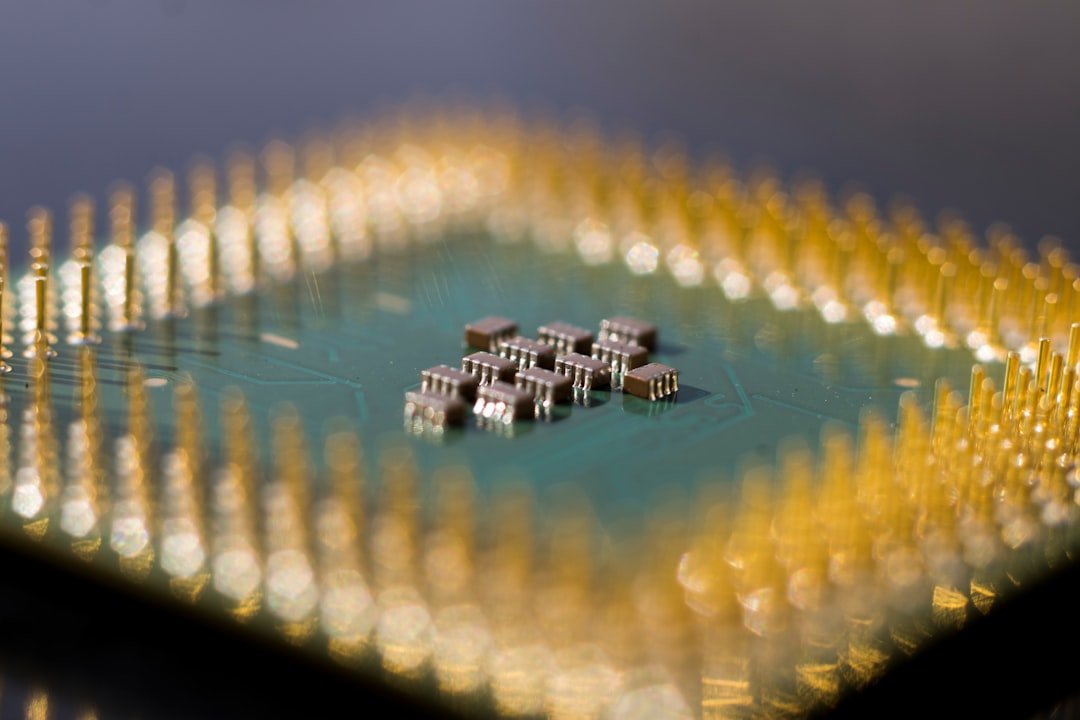
The next stretch looks engineering‑heavy and global. Expect more modular machines that string small processors together, more dynamic circuit features that let programs adapt mid‑flight, and more co‑design with classical accelerators so the right chip handles the right sub‑task. Cloud access will keep widening, but behind the scenes the real story is boring and vital: calibration pipelines, error budgets, and software that squeezes every last drop of fidelity out of hardware. As this matures, the field will feel less like a moonshot and more like infrastructure.
Timelines are notoriously slippery, yet the mood has shifted from “decades” to “years” for the first truly useful, error‑corrected applications, especially in niche domains where today’s fidelity already bites. Governments are meanwhile hardening cryptography for the post‑quantum era, and vendors are racing to show credible, repeatable benchmarks. If 2023 was about splashy supremacy headlines, 2024 and 2025 have been about stamina, reliability, and knitting systems together. Watch the small wins; they add up.
How You Can Engage

You don’t need a PhD – or a dilution refrigerator – to plug in. If you’re curious, try the free quantum notebooks many providers offer and explore toy problems in chemistry or optimization; the concepts click faster when you tinker. If you work in a data or R&D team, spin up a small skunkworks to benchmark a real workflow, even if today’s answer is “not yet” – the learning curve is the point. If you’re in IT or security, start planning for post‑quantum cryptography so your infrastructure isn’t caught flat‑footed; migration takes time.
For everyone else, keep an eye on the quiet metrics – fidelity, error‑corrected runtimes, and repeatable benchmarks – rather than flashy qubit counts. The weirdness is real, but so is the grit moving it forward. Curiosity, a healthy dose of skepticism, and a willingness to learn are perfect companions for this ride. Ready to peek under the hood and see what surprises land next?

Suhail Ahmed is a passionate digital professional and nature enthusiast with over 8 years of experience in content strategy, SEO, web development, and digital operations. Alongside his freelance journey, Suhail actively contributes to nature and wildlife platforms like Discover Wildlife, where he channels his curiosity for the planet into engaging, educational storytelling.
With a strong background in managing digital ecosystems — from ecommerce stores and WordPress websites to social media and automation — Suhail merges technical precision with creative insight. His content reflects a rare balance: SEO-friendly yet deeply human, data-informed yet emotionally resonant.
Driven by a love for discovery and storytelling, Suhail believes in using digital platforms to amplify causes that matter — especially those protecting Earth’s biodiversity and inspiring sustainable living. Whether he’s managing online projects or crafting wildlife content, his goal remains the same: to inform, inspire, and leave a positive digital footprint.

